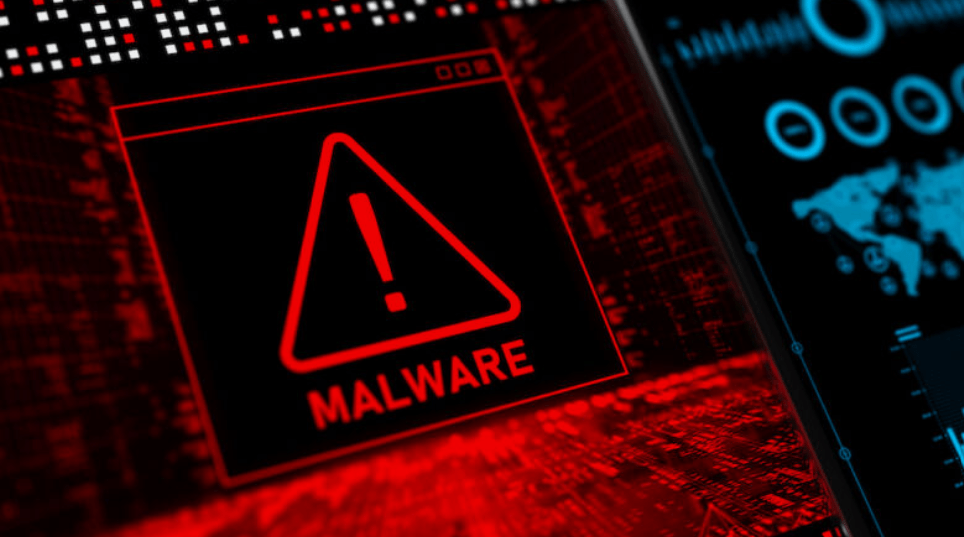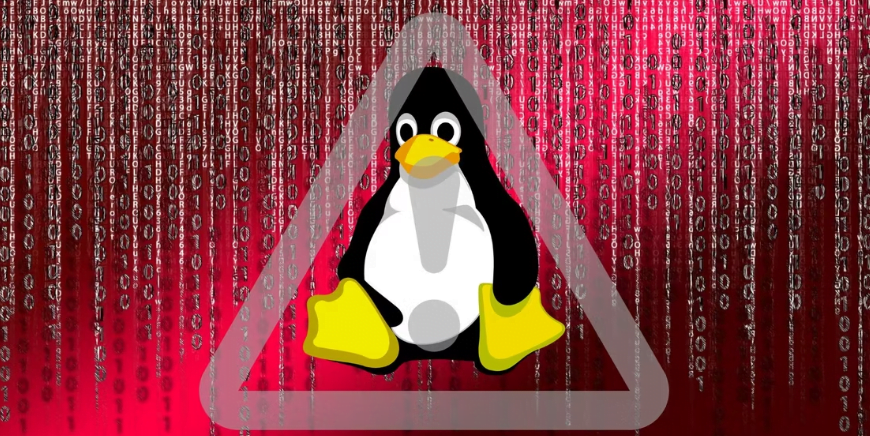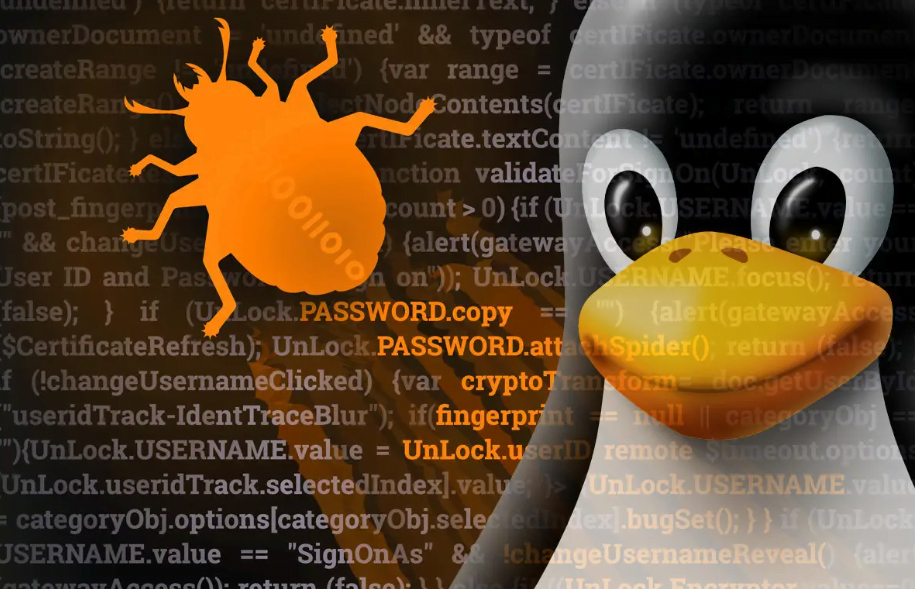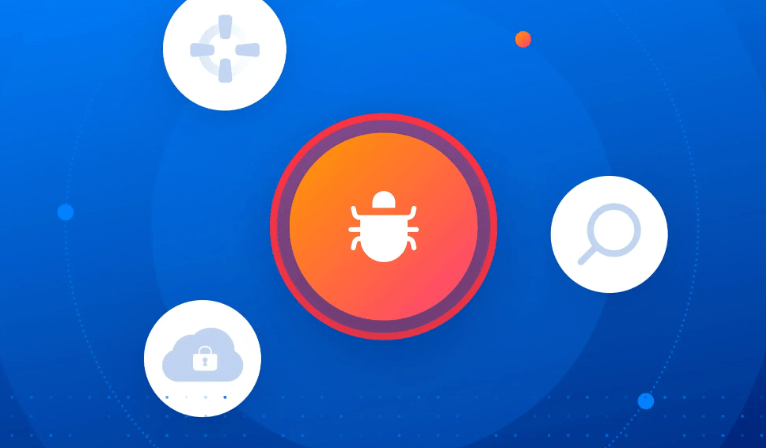In today’s digital age, cybersecurity is of utmost importance, even for those using a Linux operating system. While many believe that Linux is impervious to malware, the truth is that no system is entirely immune. Linux may seem immune to malware attacks, except in exceptional circumstances, as noted in this article: causes of getting infected, probable signs of an infection, what happens if the malware is left unaddressed, and how to eradicate them – trusting Linux alone, step-by-step guides. Lastly, we will look at measures that can be put in place to prevent future infections of malicious programs in Linux.
Understanding Malware in the Linux Ecosystem
Malware within the Linux ecosystem, though less commonly discussed than in Windows or macOS environments, presents a significant threat to users and systems. This term encapsulates various software types aimed at harming or exploiting those systems. Within the Linux sphere, users might encounter multiple forms of malicious software such as viruses that replicate and spread across files, worms that autonomously spread through networks, Trojans that disguise themselves as benign software, ransomware that locks access to files demanding payment for their release, and spyware that stealthily collects and transmits user information to third parties.
The infiltration methods of these malicious entities are multifaceted. This is an aspect that users have little control over, and it usually leads to the penetration of malware in the systems; this may be done while downloading files or documents, which is a common, everyday activity. Similarly, engaging with suspicious links or navigating compromised websites are gateways for malware entry into the Linux operating system. This underlines the risks associated with internet usage, stepped up vigil in anything that is downloaded as well as the link cited in the website.
They also stressed the need to obtain a solid notion about the existing malware and its propagation in light of the existing environment based on Linux. In this way, by being aware of some of the threats that exist and can exist in Linux, users will be able to take some additional precautions against getting an inadvertent unintentional infection and, thus, should be able to provide themselves with the best operating environment possible. This is one of the critical areas that require people to educate themselves on the different malware threats and be the first defense against the threats in the fight against malware.
Common Causes of Malware on Linux Systems
The inception of malware into Linux systems can often be traced back to seemingly innocuous behaviors that, unfortunately, are all too familiar. One such behavior is neglecting to apply software updates and security patches promptly. This laxity creates openings that cybercriminals exploit to introduce malware into systems. The allure of free or pirated software from unofficial or dubious sources is another significant risk factor. These sources might package software with hidden malware, which, once installed, can wreak havoc unnoticed.
Furthermore, clicking on unknown links, whether out of curiosity or by mistake, can invite malware. Phishing attempts, which cleverly disguise malicious links as legitimate ones, are hazardous and can lead to malware infiltrating the system without the user’s immediate realization. Email attachments from unverified senders also pose a risk, as these can contain malware that can activate once the attachment is opened.
Using unsecured networks, such as public Wi-Fi, without adequate protection can expose Linux systems to man-in-the-middle attacks and other forms of cyber eavesdropping, where attackers implant malware to siphon off sensitive information. Additionally, inadequate firewall protection or the complete absence of it can expose the system to unfiltered inbound and outbound connections, some of which may be malicious.
This is where Linux users see ordinary behaviors and scenarios as potential risks, especially the older ones. As a result, users should know how malware gets into their systems and take necessary precautions, thus cutting out the ever-increasing chances of bringing about malware in systems.
Identifying the Symptoms of Malware Infection
Identifying the symptoms of a malware infection on a Linux system is pivotal for early detection and remediation. A compromised system might exhibit a variety of indicators that something is amiss. One of the most noticeable signs is a significant slowdown in system performance. Tasks that, once executed swiftly, may start to lag or stall entirely, hinting at malicious background activities consuming system resources. Additionally, users might encounter frequent system crashes or applications freezing without apparent cause, disrupting normal operations and productivity.
Unexpected pop-up ads or system notifications can also signal the presence of malware, especially if they appear while not actively browsing the internet. These pop-ups may attempt to phish for personal information or lure users into downloading more malicious software. Changes to browser settings or the appearance of new, unrequested toolbars and extensions are red flags indicating that a browser hijacker or similar type of malware may be at play.
Another critical symptom to watch for is unauthorized access to sensitive information. Users might notice unfamiliar charges on bank statements or receive alerts for password changes they did not initiate, suggesting that personal data may have been compromised. Additionally, a sudden increase in network activity or data usage could indicate that malware is transmitting information to an external server.
Staying vigilant and recognizing these symptoms early can significantly mitigate the damage caused by malware infections. Users should conduct regular system checks and monitor for these signs to protect their Linux systems from potential threats.
The Consequences of Ignoring Malware on Linux
Letting malware fester within a Linux environment can lead to disastrous outcomes beyond the initial security breach. This means critical systems and data become the focus for exploitation and, in many cases, opening doors for unauthorized entry, thus causing data loss. It does not only endanger one’s and others’ identification documents and financial records but also a user’s integrity in other endeavors. The effects of this malware are no longer solely in the aspect of protection of the system; the badware also impacts the productivity and performance of Linux systems, which then display poor speed and reliability. However, this degrading is a destructive one since it could erase documents and software, making recoveries impossible through repairs or more extensive installations.
Besides, when there is no controlled attempt at eradicating malware, it opens up the system to other even more dangerous threats and instances that harness the opportunity to cause more havoc and have a wider reach. Thus, the system gives in, creating a higher susceptibility of allowing the cybercriminal to infiltrate further or otherwise use the system as a mooring system for other nefarious activities, such as making a botnet for massive cyber-attacks. This scenario underscores a critical aspect of cyber-security: failure to respond to malware impacts the individual Linux user and can also engender ramifications on the other systems and networks holistically connected to the infected machine. That is, negligence of malware can turn a single system into a gateway to spread multiple cyber threats around and, therefore, show how all activities are interrelated regarding cybersecurity duties.
Step-by-Step Guide to Removing Malware from Linux Systems
Upon identifying a potential malware infection in your Linux system, swift and decisive action is paramount to mitigating its effects and restoring system integrity. The following guide outlines critical steps to eradicate malware from your Linux environment effectively:
- Commence with updating your system to fortify its defenses against vulnerabilities. Access your package manager or software updater to download and install the latest patches and enhancements.
- Deploy reputable antivirus software if it is not already in use. Conduct a comprehensive system scan to detect and quarantine malware. Many antivirus programs designed for Linux can detect a wide array of threats.
- Investigate your system for any unusual files or applications. These could reside in standard start-up directories or hidden among your usual files. If you identify any anomalies, proceed to remove them cautiously. Utilizing the command line may be necessary for deeper system analysis and cleansing.
- If your web browsers exhibit unusual behavior or unauthorized changes, resetting them to their original settings is crucial. This action will help eliminate rogue extensions or toolbars that may have been installed without your consent.
- When sensitive data might have been compromised, changing your passwords is crucial. Ensure that strong, unique passwords are created for each account to prevent further unauthorized access.
Executing these steps diligently will assist in removing malicious entities from your Linux system and reinstating its security and performance. Regular maintenance and vigilance in monitoring for signs of infection are vital in preventing future malware threats.
Preventing Future Malware Infections on Linux
It is, therefore, essential for Linux-based systems to be protected from such a danger in the future through high vigilance and connection of various preventive measures. Also, continuously updating your system means that your system only receives the latest features regarding security as well as the patches that fix security vulnerabilities that hackers might capitalize on. As vital to the protection task, there is the necessity of the antivirus program, which is reliable and acts as a dissector and protector against malware threats that are detected and eradicated before penetrating the machine or system.
Therefore, aggressive operation comes second after cautious online behaviors are identified to minimize malware outbreaks. This means verifying the origin of downloaded files and attachments, resisting the lure of ‘something for nothing’ and a link that can lead to a viral attack on your system. Also, using a secure firewall is a sound starting barrier, eliminating numerous attempts of unauthorized intrusion into the system and not allowing viruses and malware to gain a primary toehold inside it.
Besides these efforts, staying abreast with the latest developments in malware threats and learning how these threats work go a long way in boosting a preemptive measure of possible malware infections. As such, Linux users are in a position to contribute to the overall security and health of Linux systems by staying informed and using such protective practices as enumerated above and this reduces the general ability of malware to affect Linux systems.



